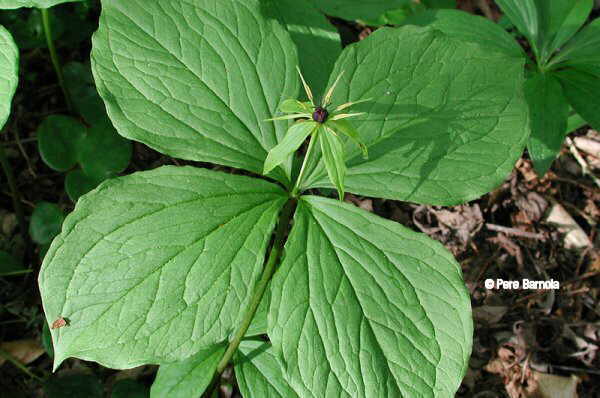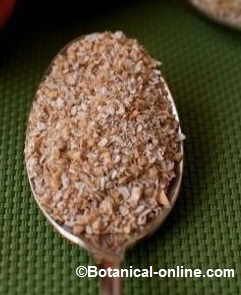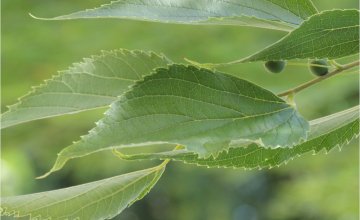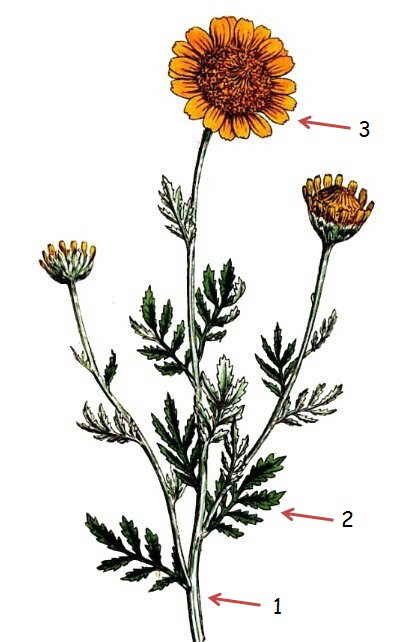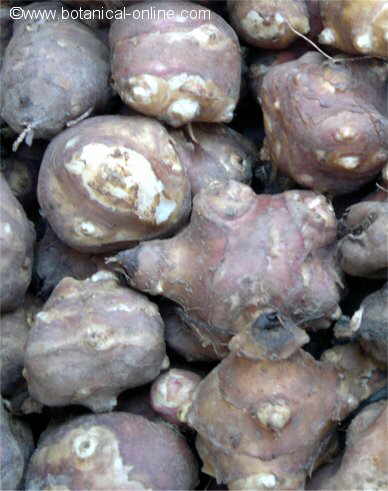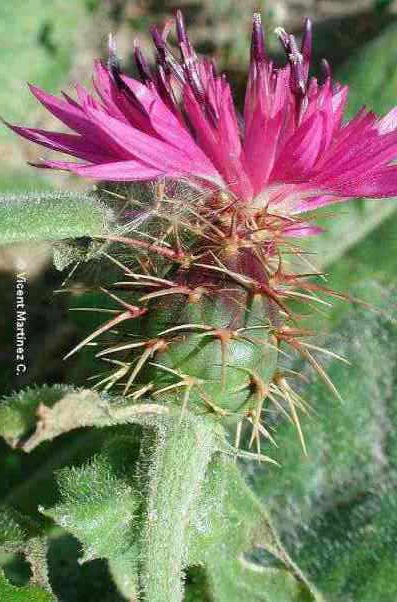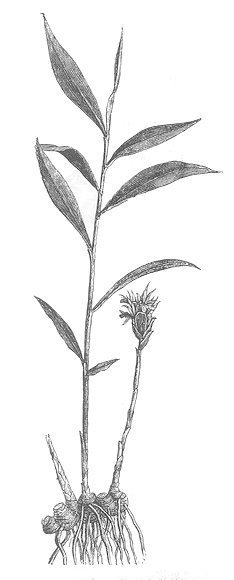Orchid family characteristics
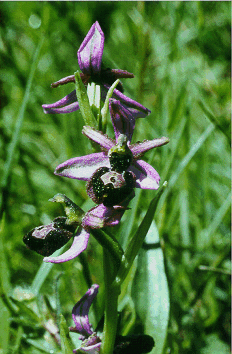
The Orchid family – Orchidaceae – is the most numerous family of the flower plants. It stands for more than 25000 species worldwide. There are many kinds, some living over other plants, specially trees -ephifytes-; other are lianas or just terrestrial. Some species are saprophytes -without chlorophyll- feeding themselves from the humus they are living on.
The scientific noun of the family derives from the Greek term Orchis, which means testicle, and refers to the shape of its tubers. It is a family that, mainly on tropical zones, produces very big and beautiful flowers. It is considered the most developed family among the flower plants, since many of their specimens have evolved to make flowers similar to the insects that pollinate them, mainly bees or humble-bees.
Because of the beauty and size of their flowers, tropical species are very valuable in flower growing. In Mediterranean or Atlantic countries we have more modest specimens since they don’t achieve such big dimensions, but, looking at them closely, we realize that their beauty and floral complexity is comparable to the big tropical members.
| Leaves (1): undivided, with parallel veins, usually in two files or spirally arranged around the stem. Saprophytes have reduce their leaves to scales. Stems (2): erect, on many occasions climbing. | 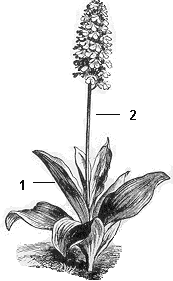 |
| Flowers: Zygomorphous (with only one plane of symmetry) in spikes and with the perianth in two whorls
| |
| External perianth (3): 3 whorls, usually colored, similar to petals. | 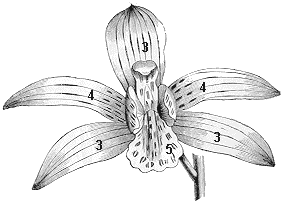 |
| Internal perianth (4): 3 whorls, 2 similar to the outer and another one completely different: the lip or labellum (5), normally colored, hairy, undivided or lobed, flat or bag-shaped, convex or concave, generally downwards and remembering sometimes to an insect or full of very trimmed. | |
| Stamens: 1 o 2, joined with the style. Pollen is gathered together into two compact masses, very sticky | Style: 1 o 3 stigmas. The central one, which is not functional, has been transformed in order to separate the side ones from the stamens. By doing this, the plant can not pollinate itself. |
| Fruit (5): dehiscent capsule. | |
Genera
There are more than 700 genera. The most important ones are the following:
| ACERAS ANACAMPTIS BARLIA COELOGLOSSUM CORALLORHIZA CYPRIDEDIUM DACTYLORHIZA EPIPACTIS EPIPOGIUM GENNARIA GOODYERA GYMNADENIA HERMINIUM | HIMANTOGLOSSUM LIMODORUM LISTERA NEOTINEA NEOTTIA NIGRITELLA OPHRYS (Ophrys fuciflora) (Ophrys Bertolonii) ORCHIS PLATANTHERA PSEUDORCHIS SERAPIAS SPIRANTHES TRAUNSTEINERA |
![]() More information on plants
More information on plants


